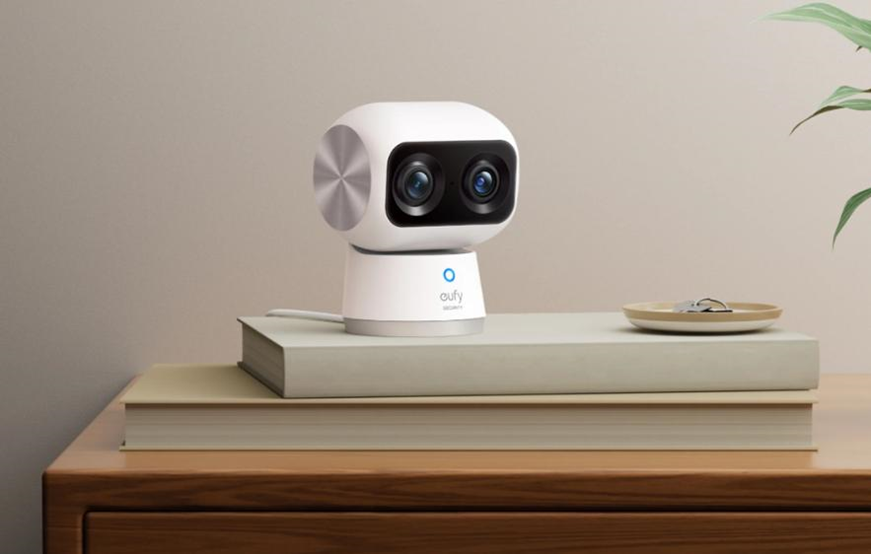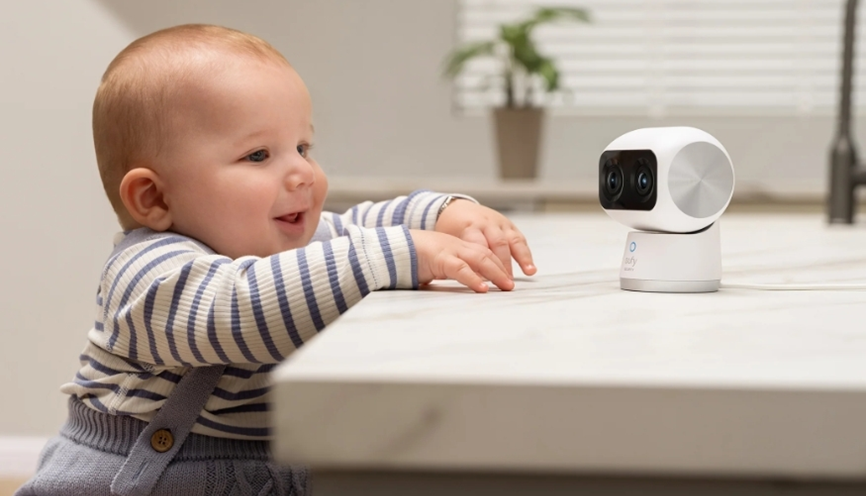August 7, 2025
Where to Place an Indoor Security Camera Indoors?
Strategically placing indoor security cameras enhances security and peace of mind. They deter intrusions, oversee activities, and ensure safety within your home. Proper placement is crucial to maximizing efficiency. By selecting optimal rooms and positions, homeowners ensure comprehensive coverage. This guide outlines the best rooms for installation and provides essential tips for optimal camera placement. Learn how to maintain a strong Wi-Fi connection and protect privacy. Follow the advice below to enhance your indoor security setup and gain peace of mind.

Best Rooms to Install Indoor Security Cameras
Certain rooms provide excellent vantage points and maximize security camera effectiveness. Here’s where to place indoor security cameras for optimal coverage.
Living Room
The living room often serves as a central hub, making it vital for security monitoring. It’s the place where most families gather and where valuable items are usually kept, such as electronics and collectibles. Placing a camera here helps monitor everyday activities and can record any unauthorized entry attempts. Position the camera in a high corner for a full view of the space. This location covers entry points like doors and windows and provides insights into who enters and exits your home. Ensure the camera captures major traffic areas without obstructing views or being easily tampered with. Maintaining regular camera checks ensures continuous functionality.
Nursery or Kids’ Room
Safety is a top priority for children’s rooms, and a camera provides peace of mind. Monitor your child’s sleep patterns, detect unusual activity, and make sure caretakers are attentive. Opt for discreet placements that aren’t intrusive but cover the entire room—positioning cameras above eye level minimizes tampering risk. Consider cameras with infrared features for night visibility without disturbing your child with bright lights. Responsible camera use ensures privacy while maintaining a secure environment. Regularly review footage to ensure your child’s safety and adjust placement as needed.

Home Office
The home office often houses critical documents and expensive equipment, making it prone to theft or damage. Installing a camera here deters potential intruders and monitors activities during work hours. Position the camera to capture your workspace without revealing documents or personal data sensitive to privacy concerns. Surveillance protects against unauthorized access and ensures a record of any incidents. Regularly checking the camera’s operation and viewing angles maintains optimal functionality and security. Choose cameras that offer secure remote access features to monitor the workspace from anywhere, ensuring peace of mind.
Key Placement Tips for Optimal Coverage
Optimal camera placement enhances security coverage and reduces blind spots. Follow these tips to improve your camera setup.
Use Corners for a Full Room View
Corners provide an ideal vantage point for maximum room coverage. By situating cameras in corners, you utilize broader angles, reducing blind spots. Ensure the camera is directed toward key traffic areas, like doors and windows, to monitor movements effectively. This placement captures most activities without needing multiple cameras. Adjust the camera angle periodically to adapt to changes in furniture layout or decor. Choose corners with minimal obstructions and avoid placing cameras behind heavy furniture or decor to maintain a clear line of sight. Optimize settings for diverse lighting conditions to ensure clear footage.
Mount Above Eye Level to Avoid Tampering
Mounting cameras above eye level prevents easy access and tampering. This height offers a wide field of view and keeps devices out of reach of curious hands. Consistently check that cameras are secure and adjust as necessary to cover all intended areas. Elevating cameras also enhances privacy, especially in sensitive rooms like bedrooms or bathrooms, where lower mounts could inadvertently capture unintended footage. Always ensure secure mountings to prevent falls or misalignment. Consider using wireless cameras for easier mounts in more discreet or high locations.
Avoid Placing Near Heat or Electronics
Proximity to heat sources or electronics interferes with camera performance and longevity. Sustained exposure to heat affects internal components, while electronics can cause signal interference. Avoid windows with direct sunlight and devices like microwaves that emit strong signals. Select shaded, cool surfaces to ensure stable operation. Regularly inspect the area for potential new heat or interference sources. Proper placement not only extends the camera’s lifespan but also guarantees clearer, unobstructed footage. Maintaining a clutter-free environment around cameras aids consistent performance.
Ensure a Strong Wi-Fi Signal
A stable Wi-Fi signal ensures continuous camera operation. Place cameras within an adequate range of your wireless router to avoid connection drops. Consider Wi-Fi extenders if some areas experience weak signals. Check Wi-Fi coverage maps to identify optimal spots before finalizing placements. Regularly test connections to verify consistent streaming and adjust settings for peak performance. If using multiple cameras, stagger installations to prevent bandwidth strain. Keeping firmware updated also ensures security and enhances signal compatibility.
Rooms to Avoid for Privacy Reasons
Maintaining privacy is as essential as security when it comes to indoor camera placements. Therefore, certain rooms should be off-limits to avoid privacy concerns and legal issues. The bathroom is one such area, and placing a camera here is an invasion of personal privacy and a potential legal violation. Bedrooms are also sensitive, especially those not used for monitoring specific security risks. Instead, consider monitoring entry points to these private areas to lessen privacy concerns. Guest rooms should remain camera-free to respect visitors’ privacy and comfort. Always balance security needs with ethical considerations to maintain a respectful home environment.
Conclusion
Effective indoor security camera placement balances comprehensive coverage with privacy considerations. By focusing on key areas such as the living room, nursery, and home office, homeowners secure their valuables and loved ones efficiently. Employing strategic placements like corners and elevated positions minimizes blind spots and tampering. Avoiding heat sources and ensuring a strong Wi-Fi connection optimizes camera performance. Respecting privacy by keeping certain rooms camera-free ensures compliance with ethical norms. Following these guidelines establishes a robust security system, enhancing both safety and peace of mind throughout the household.
